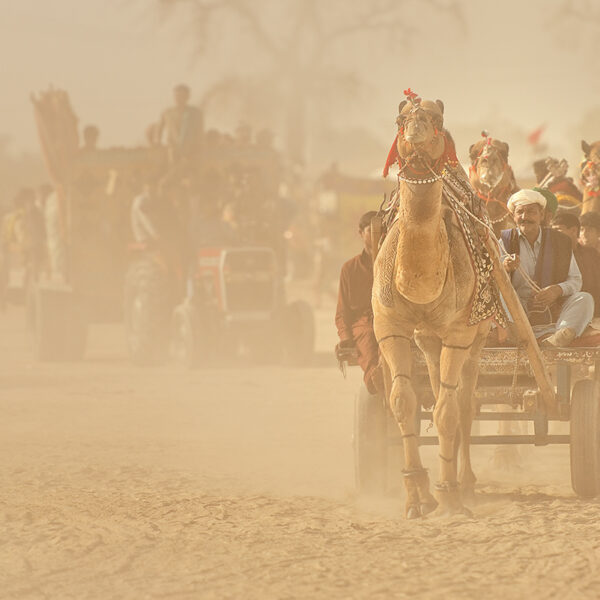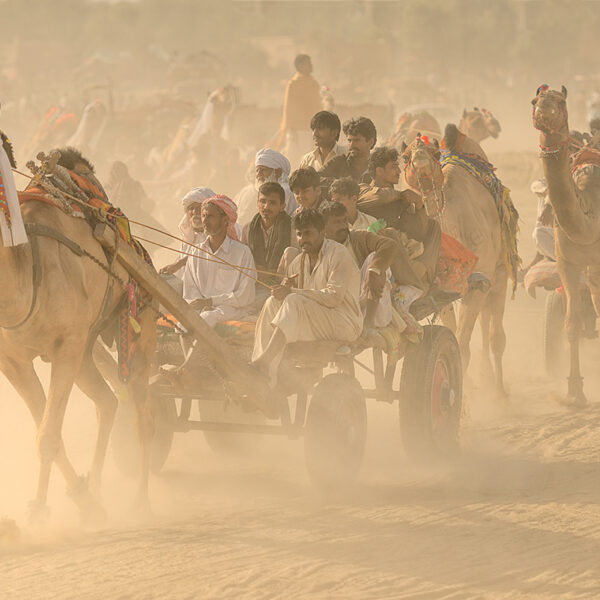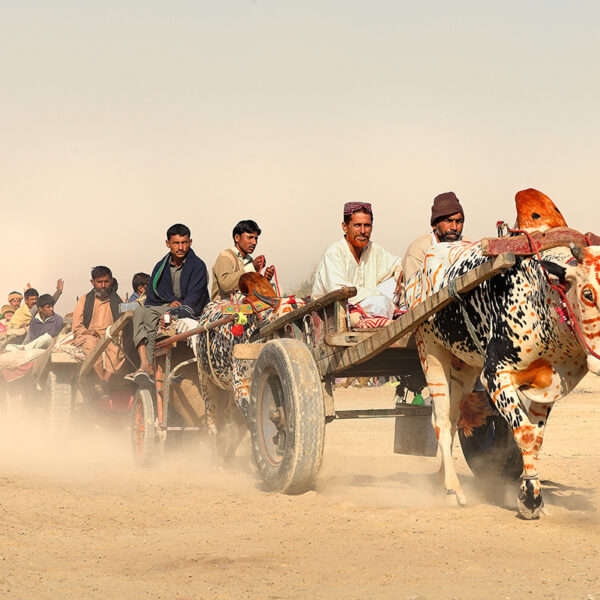Katas Raj Temples | Infra Red Photography
Limited Edition Prints (250 Total)
•150 Small (image size 18” x 12”)
•75 Medium (image size 24” x 16”)
•25 Large (image size 30” x 20”)
Certificate of Authenticity Included.
Prints are NOT framed, please have them professionally framed.
$100.00 – $400.00
215 in stock




.
Katas Raj Temple is a historic Hindu temple complex located in the village of Katas in the Chakwal district of Punjab, Pakistan. The complex is believed to have been built during the reign of the Karkota Dynasty in the 6th-7th century CE and is dedicated to Lord Shiva. Here is some more information about the temple complex:
- History: According to legend, the temple complex was built by the Pandavas during their exile from the Mahabharata. It was later renovated by various rulers, including the Mughals and the British.
- Architecture: The temple complex consists of several temples, shrines, and water pools. The main temple, known as the Shiva Temple, is a square-shaped structure made of sandstone and is adorned with intricate carvings and sculptures. The other temples are dedicated to Lord Ganesha, Lord Hanuman, and Goddess Parvati.
- Sacred water pools: The temple complex is known for its sacred water pools, which are said to have healing powers. The seven pools are collectively known as the Satgraha, and each pool is associated with a different planet in Hindu astrology.
- Preservation efforts: The temple complex has suffered from neglect and deterioration over the years. However, the Pakistani government has recently launched a restoration project to preserve the temple complex and promote tourism.
- Importance for Hindus: The Katas Raj Temple is an important pilgrimage site for Hindus, who believe that a dip in the sacred water pools can wash away their sins and bring them good luck. The temple complex is also a symbol of the shared cultural heritage of Pakistan and India.
Overall, the Katas Raj Temple is a fascinating historical and religious site that is worth visiting for anyone interested in South Asian history and culture.
About Infra-Red Photography:
Infra-red photography is a photographic technique that utilizes a specialized filter attached to the camera lens to block visible light and allow only infra-red light to pass through. This process creates distinct images with bright white foliage and dark skies, resulting in a unique aesthetic. Photographers can capture stunning and unconventional images of historical landmarks using infra-red photography, as it can reveal previously unseen details and textures.
However, when taking infra-red photos of historical landmarks, it is important to be respectful of the site and obtain the necessary permits before beginning photography. Moreover, photographers should be aware of the potential effects of infra-red radiation on sensitive materials, such as old photographs or works of art. Therefore, special precautions may be necessary to protect these materials during infra-red photography.
Overall, infra-red photography can be a fascinating and rewarding way to capture exceptional images of historical landmarks. With the appropriate equipment and techniques, photographers can create stunning and evocative images that highlight the beauty and historical significance of these important sites, just as Abbrar Cheema has done.
Additional information
| Size | 12" x 18", 16" x 24", 20" x 30" |
|---|---|
| Material | Glossy Paper, Luster Paper |
You may also like…
-

Chanan Peer Festival | Cultural Photography
$50.00 – $150.00Select optionsSave 30% -

The Camel Caravan at Chanan Peer Festival Rahim Yar Khan | Cultural Photography
$50.00 – $200.00Select options -

The Camel Caravan at Chanan Peer Festival | Cultural Photography
$50.00 – $200.00Select options -

The Bulls of Festival | Cultural Photography
$50.00 – $200.00Select options








